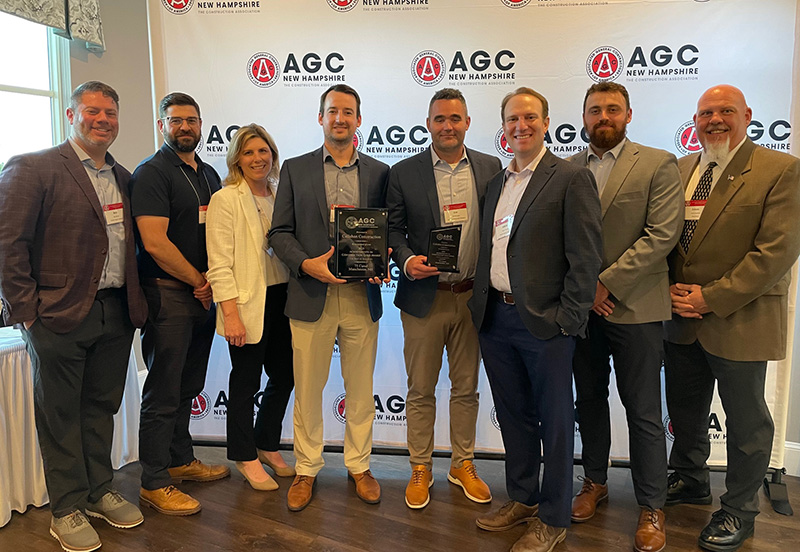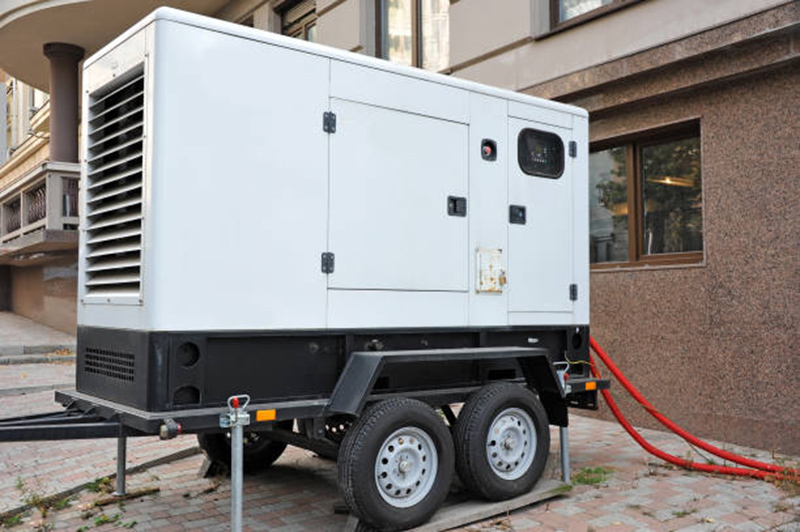News: Construction Design & Engineering
Posted: January 22, 2009
Extensive safety programs encourage healthy workforce
It has become increasingly important to hire a builder who has implemented an extensive health and safety program. Although some business owners tend to shy away from investing in new safety programs due to the current economic environment, the reality is that hiring a builder that is not cognizant of safety standards and regulations can be extremely costly (and potentially devastating) to a company. The Occupational Safety and Health Administration (OSHA), the National Institute for Occupational Safety and Health (NIOSH), and the National Safety Council offer companies a plethora of information on implementing extensive safety programs which can improve overall worker wellness and the productivity and safety of a work environment. Hiring a builder who engages their employees in one of these programs will limit the risk of an injury occurring during a project while decreasing liability exposure both to the contractor and the owner.
A construction company that has chosen to invest in a health and safety program demonstrates that they are invested in the performance and overall well-being of their employees. Above all, they understand that these programs can be implemented for a fraction of the cost of injuries caused by unsafe working environments. Intelligent and qualified builders understand that engaging in a workplace safety program is a cost effective and necessary part of the construction business. The American Society of Safety Engineers found in a recent study that for every one dollar spent on a quality safety and health program, businesses saved eight dollars. Even in these difficult times, safety is both responsible and profitable. Choosing a company who has instilled safety measurements is a socially responsible and financially sound decision.
There are many resources for builders that understand the importance of health and safety programs in the construction industry. The most commonly referenced organization, OSHA, also known as OSHA, is part of the US Department of Labor. OSHA focuses on preventing work-related injuries, illnesses, and deaths by issuing and enforcing standards for workplace safety and health. Many construction companies have partnerships with OSHA to ensure proper standards for their employees. According to the OSHA website, an estimated 1.6 million Americans are employed in the construction industry, half of whom work in residential construction. Each year, roughly 38,000 construction injuries are reported, with 21,000 associated days of lost work. Many OSHA standards apply to residential construction for the prevention of possible fatalities.
Another organization in health and safety regulation is the National Institute for Occupational Safety and Health (NIOSH). NIOSH is a research agency focused on preventing work related illnesses and injuries. The organization is part of the Center for Disease Control and Prevention (CDC) within the US Department of Health and Human Services, and moderates a WorkLife Initiative which focuses on worker wellness. According to their website, "The initiative creates an opportunity for both the occupational safety and health community and the health promotion community to develop and implement workplace programs collaboratively that prevent workplace illness and injury, promote health, and optimize the health of the U.S. workforce."
Lastly, the National Safety Council is a nonprofit, nongovernmental public service organization focused on protecting life and promoting health. Their website has a vast library of fact sheets, stats, tips, and suggestions for safety both in and out of the workplace. The library features over 80 topics to answer nearly any question a construction professional, home owner, or business executive may have.
Although these organizations offer companies excellent suggestions and partnerships, the greatest challenge to the success of these programs is long-term maintenance. Many companies will hire or recruit a professional safety expert to help engage and motivate employees and managers in safety programs. Safety efforts cannot succeed without the continued enthusiasm and support of management.
Some builders find ways to promote participation in safety programs such as establishing an incentive system to get and keep employees involved and motivated. Incentives may include a system of earning points exchangeable for gifts, redeemable "safety cards" signed by management for safety compliance, safety games and promotions, tracking the use of proper safety precautions by department, and providing company-wide incentives for days without safety violations. These methods and others may be used to keep safety in the forefront of the minds of employees. The cost of such incentives is insignificant compared to the potentially crippling costs of an unsafe workplace.
Worker wellness is another aspect of a safer workforce, since a healthier workforce promotes higher quality work. Construction companies may promote a healthy workforce by aiding employees in stop-smoking initiatives, discounted gym memberships, or offering first-aid training classes. These programs can improve worker morale and ultimately result in a reduction of sick time, disability, and medical leave. Hiring a builder who treats their employees in such high regard can ultimately benefit the outcome of any project.
If you are embarking on a new construction project and are in search of a builder, it is clear that the most beneficial outcome will be provided through safety regulations and standards. The creation and continued support of an efficient and motivating safety program is a vital component in achieving a happy, productive, and safe workplace. Safety is a small investment that can amount to huge returns while ensuring that a builder's employees stay healthy and safe and that your project gets completed on time and within budget.
Jerry Kingwill is principal of Cobb Hill Construction, Inc., Concord, NH.
MORE FROM Construction Design & Engineering
Nobis Group awards Robinson and Moreira STEM scholarships
Concord, NH Nobis Group, a 100% employee-owned consulting firm specializing in engineering and environmental solutions across the Northeast, has named the recipients of its 2025 STEM Scholarship: Andie Moreira of

Quick Hits
Columns and Thought Leadership

The design-build advantage: Integrated interior design solutions - by Parker Snyder
When it comes to corporate interior spaces for both commercial and industrial projects, partnering with a design-build firm with in-house interior design services can offer clients many benefits. Unlike traditional delivery methods where interior designers operate independently from the design and construction teams, often creating a longer project timeline as cost negotiations and revisions ensue

The rise of incubators and co-working spaces: The latest in life sciences - by Matt Combs
In recent years, the life science industry has witnessed a shift in how companies operate and innovate. One of the key driving forces behind this transformation is the emergence of incubators and co-working spaces specifically tailored to meet the unique budget and schedule needs of startups.

Ask the Electrician: Is summer a prime time for commercial electrical maintenance?
The answer is “Yes!” While January marks the official new year, many businesses view September as a fresh start. This makes summer an ideal time for commercial property owners to schedule long-term electrical maintenance projects.

Careers in Construction Month focus on training and safety - by Joe Camilo
October is Careers in Construction Month, and rarely has it been more consequential. According to our chapter’s national parent organization, the construction industry needs to attract half-a-million new workers in the coming year to meet demand. Addressing that need is a huge job, but we at ABC MA are trying to do our part.







.png)